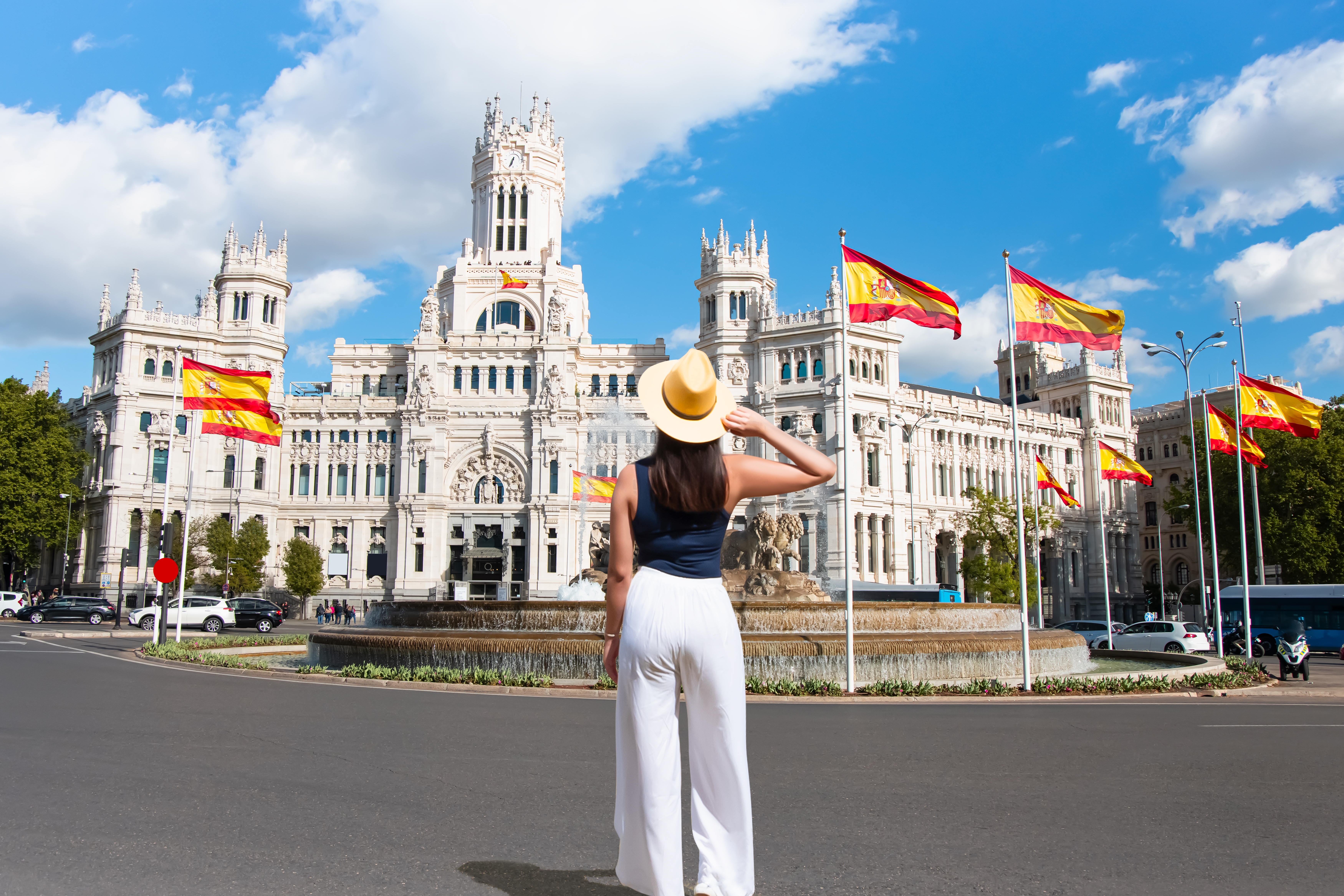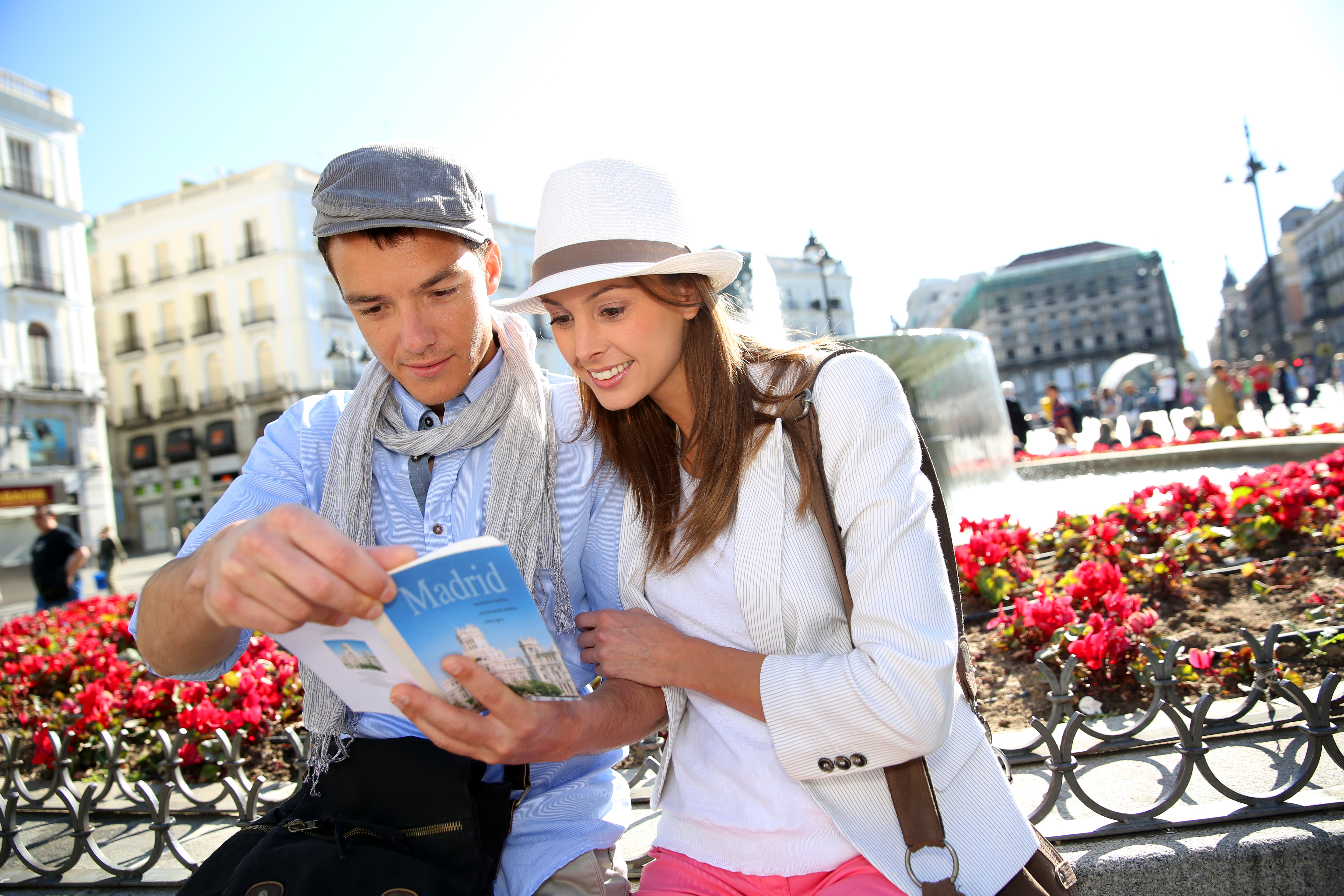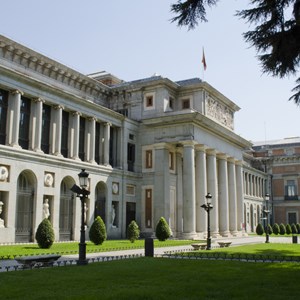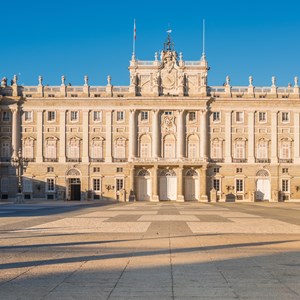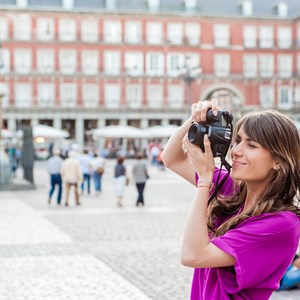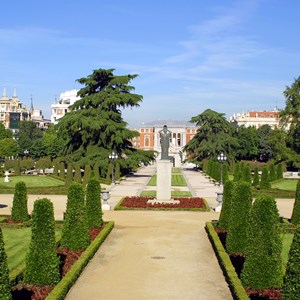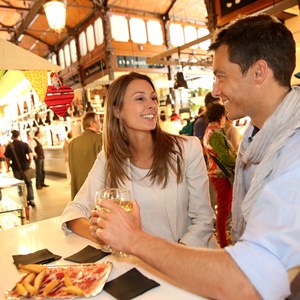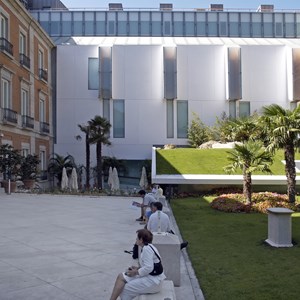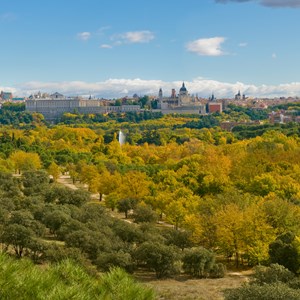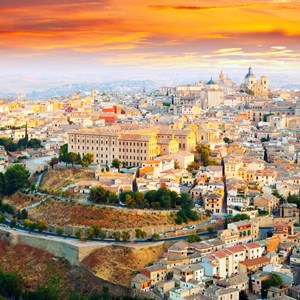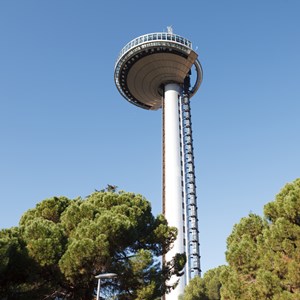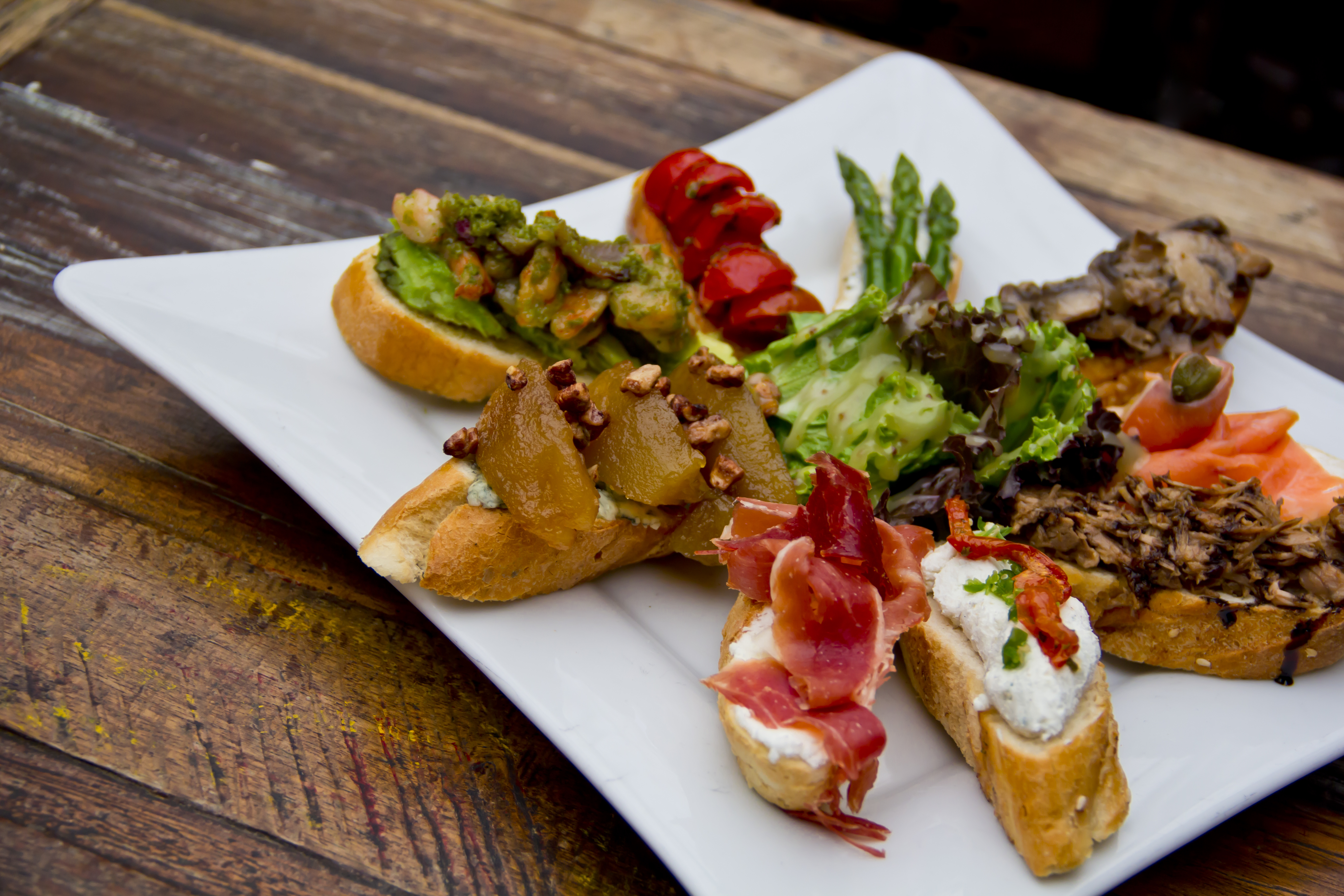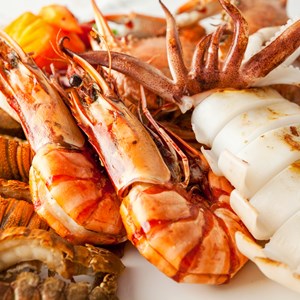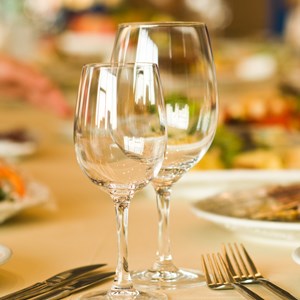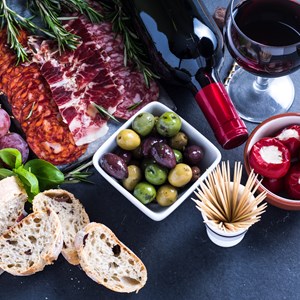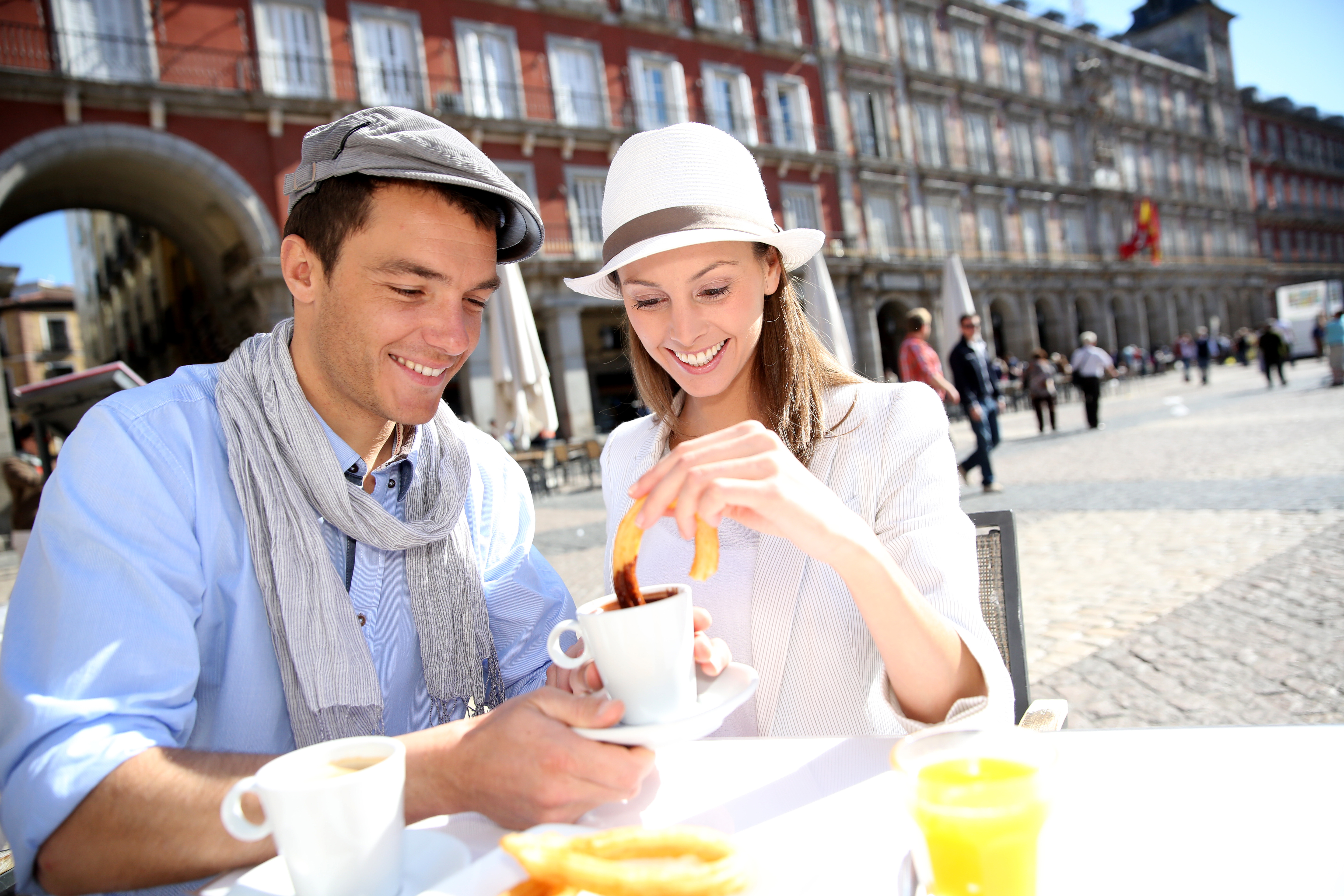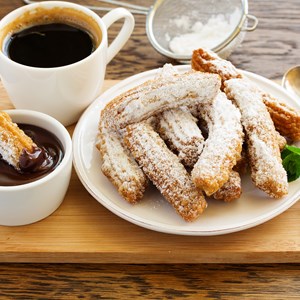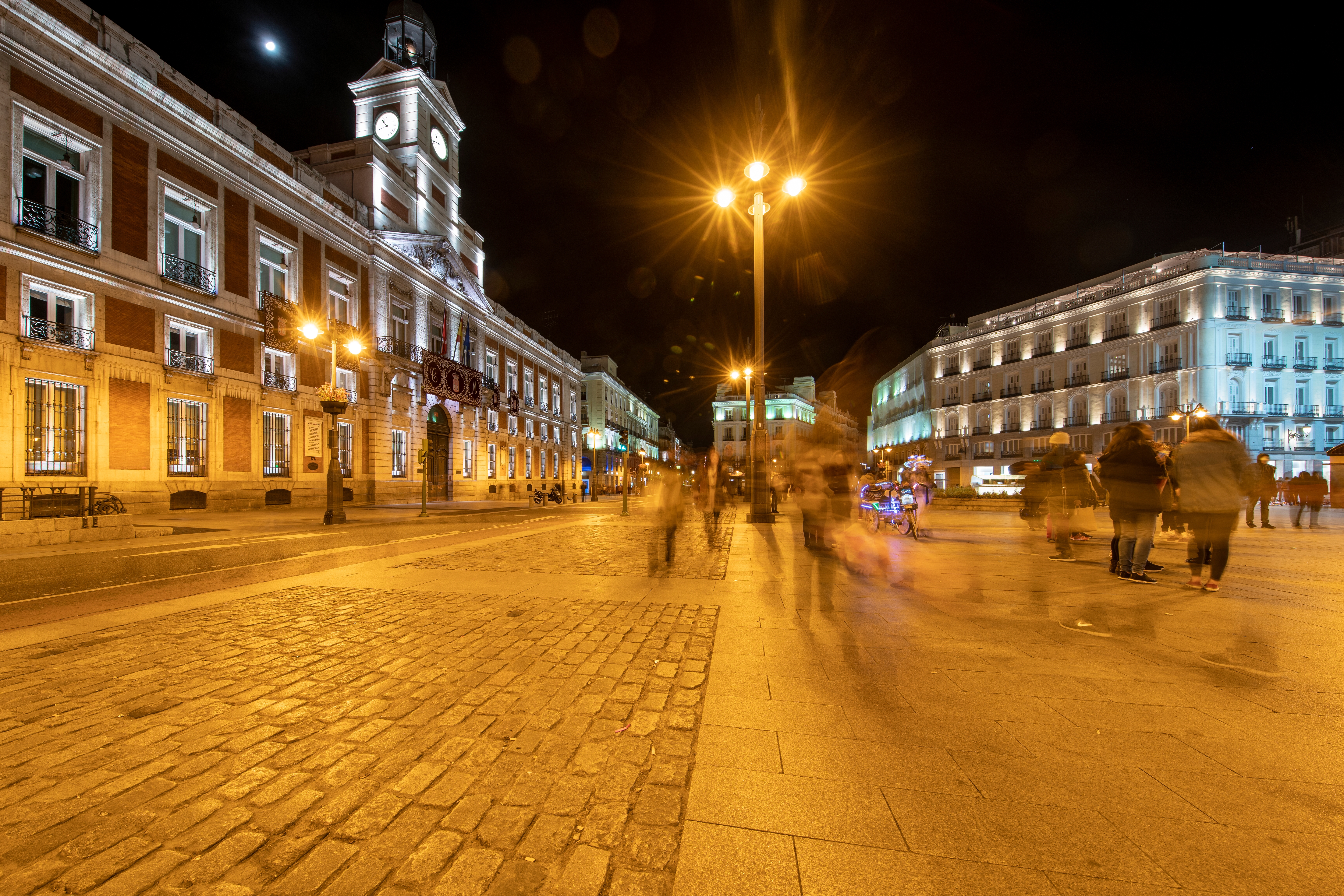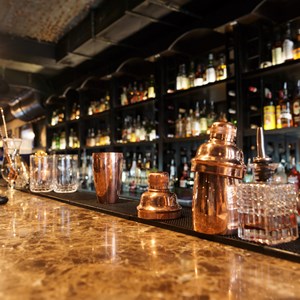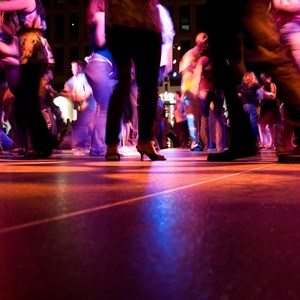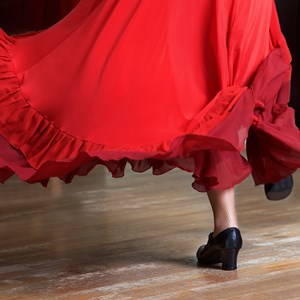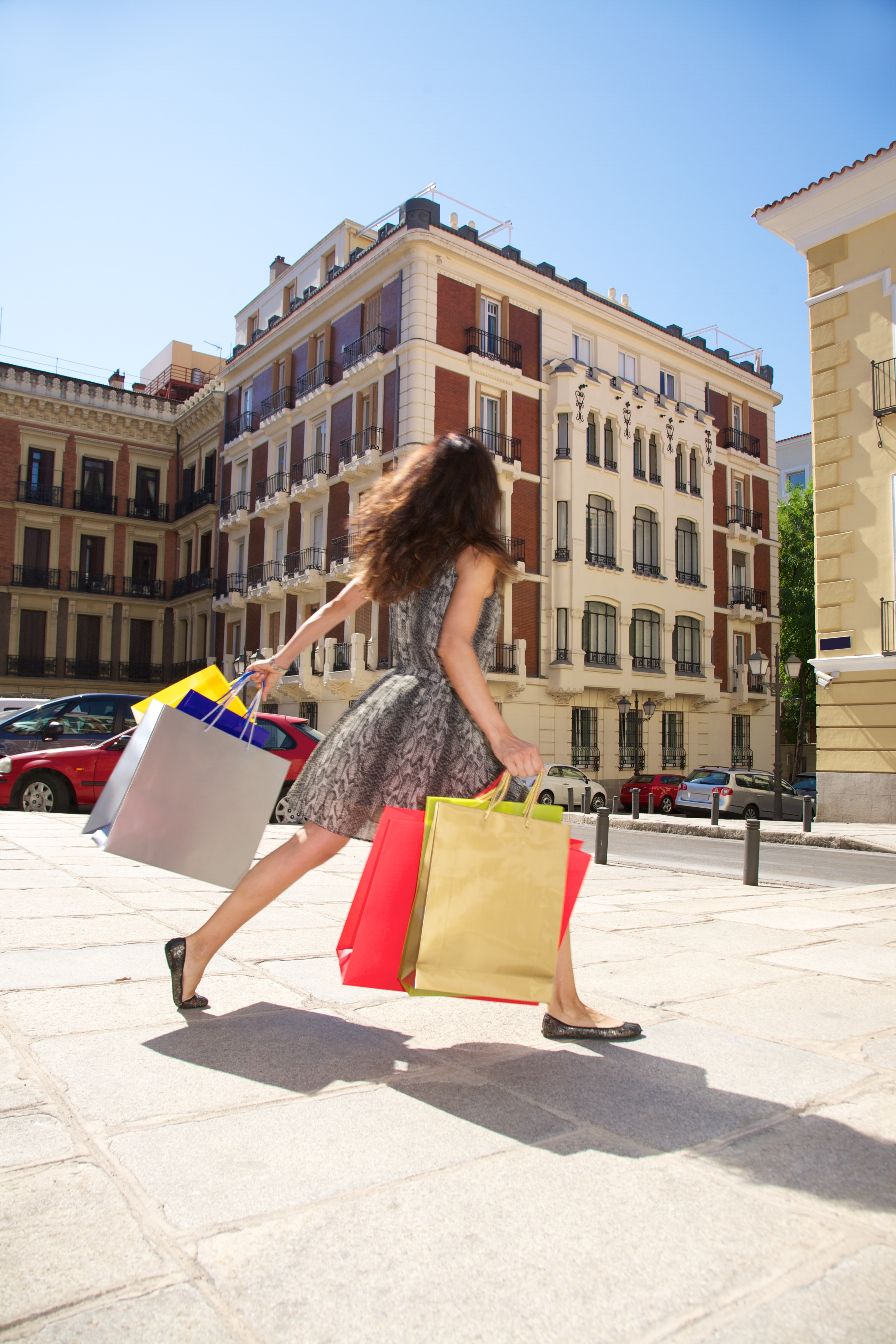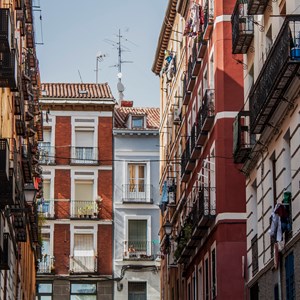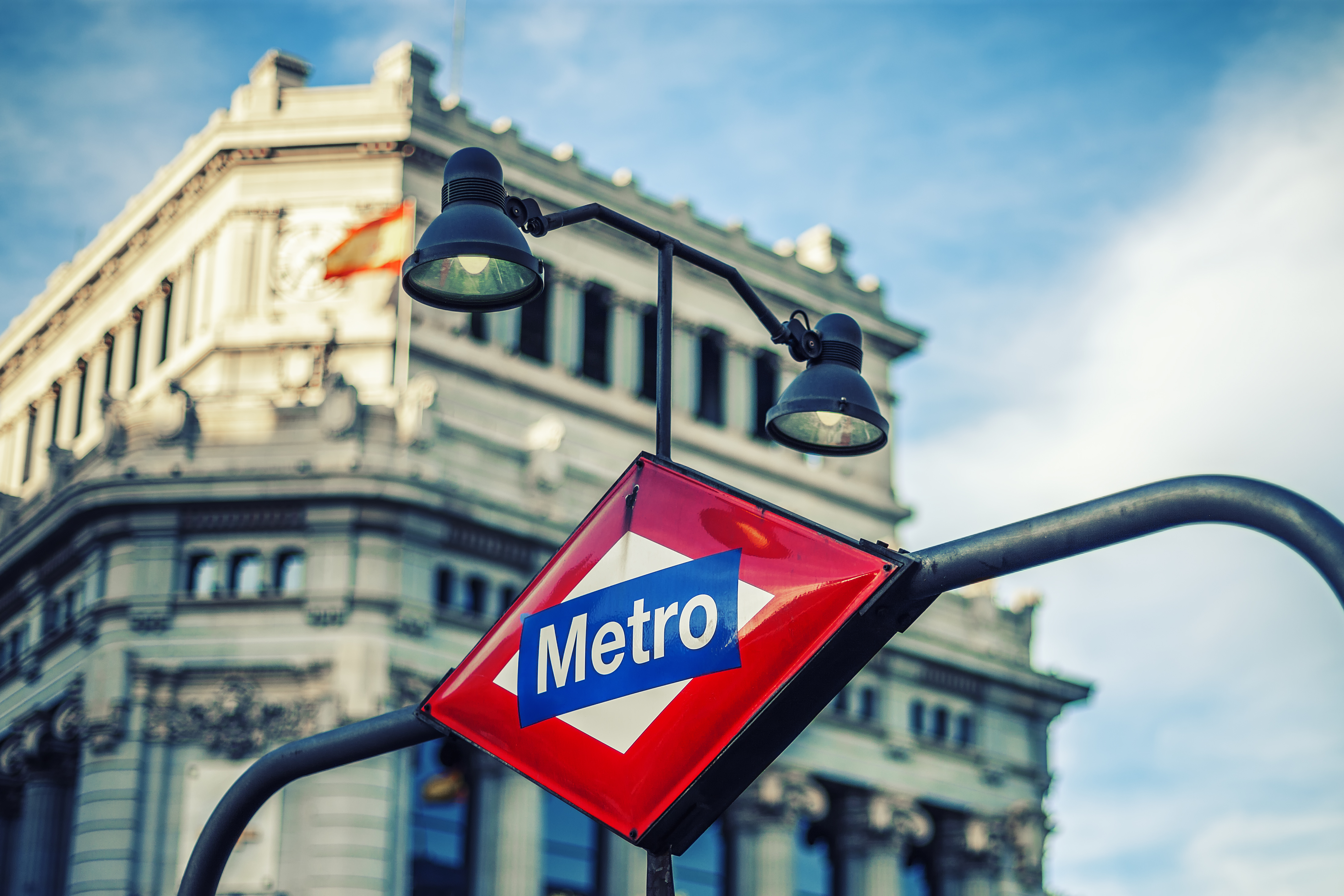

In the heart of the Iberian Peninsula, surrounded by mountains and natural parks, Madrid is an irresistible destination that boasts a wealth of cultural and leisure offers. It is home to renowned museums, art galleries, elegant buildings, and charming squares, as well as two world-class football teams, Atlético Madrid and Real Madrid. The capital of the Kingdom of Spain also boasts unique neighbourhoods, bustling nightlife, and scrumptious cuisine. Madrid is a city that will captivate the hearts of many travellers.
The City
Madrid is not as large as it might seem, especially its central districts. The heart of the city is marked by the Puerta del Sol, a bustling intersection from which all distances are measured. The oldest area of Madrid, Los Austrias, is located south of Calle Mayor and includes historic landmarks such as the Palacio Real, Royal Palace, and the well-trodden square Plaza Mayor.
To the east and south of Sol lies a vibrant triangular region, where Plaza de Cibeles, Atocha Station, and Sol converge. This neighbourhood is brimming with restaurants and bars and is home to the three renowned museums of Madrid, as well as the expansive Parque del Retiro.
Lavapiés, just south of Sol, was previously a working-class district, but has transformed into a melting pot of ethnic diversity, thanks to an influx of immigrants from Africa and Asia.
On the other side of the Puerta del Sol and the grand avenue of Gran Vía, you can find the Malasaña and Chueca neighbourhoods to the north. The former has undergone gentrification over the past two decades while retaining its reputation as one of the city's most laid-back bar districts. The latter, once a predominantly gay neighbourhood, has evolved into Madrid's trendiest quarter, a hub of nightlife, restaurants, and boutique stores catering to an open-minded clientele.
Explore the city like a local and discover the top things to do and see in Madrid, as well as the best restaurants, bars, nightclubs, cafés, and hotels Spain's capital city has to offer, with our comprehensive, up-to-date, and free Madrid travel guide.
Do & See
Madrid is an enchanting city that offers a plethora of activities, from frantic nights to casual strolls around verdant parks and world-renowned museums. Its streets are always bustling with people, and the city is brimming with culture. Even if you're not a history buff, you'll find yourself captivated by Madrid’s stunning architecture and the constant reminders of its illustrious past.
Madrid's unique blend of old-world charm and modern flair creates a dynamic atmosphere that's unlike any other city in the world. Whether you're looking to immerse yourself in art and culture, explore the city's vibrant nightlife, or simply soak up the local ambience, Madrid is the perfect destination.
Dining
Madrid's gastronomy is a fusion of the diverse culinary traditions found throughout the Iberian Peninsula. Some experts even debate whether Madrid has a unique culinary identity of its own, given its blend of various regional styles.
The city's food culture has been enriched by migrants from different parts of Spain and across the globe, including Andalucia, Galicia, Asturias, and beyond.
Cafés
Spanish coffee culture is a social and animated affair. 'Café con leche', coffee with milk, usually accompanies breakfast, preferably with a croissant. Around mid-day, especially after a meal, locals have an espresso, 'café solo', or a 'cortado', which is an espresso with milk. Café Americano is what some would call watered-down versions of the first two coffees. In the afternoon, or after dinner, order a café solo corto, a strong espresso, or a 'carajillo' — a café solo with Spanish brandy.
Bars & Nightlife
Because the clever Spaniards think you should always eat when drinking, most bars also serve food, usually tapas. And despite the efforts of the authorities, Madrid's nightlife still happens later than in most other cities and goes on for longer as well. For the real party animals, the neighbourhoods of Malasaña and La Latina are a mandatory stop at night.
Shopping
In Madrid, there are three primary shopping districts: Centro, which spans the area between Puerta del Sol and Gran Vía; Chueca, located directly north and east of Centro; and Salamanca, situated a bit further to the east. Each of these areas offers a distinct shopping experience, particularly in terms of the range of products available.
Centro offers a middle-of-the-road shopping experience, while Chueca caters to trendy shoppers seeking the latest styles. On the other hand, Salamanca features expensive designer fashion labels, making it the go-to destination for luxury shopping.
Tourist Information
Adolfo Suárez Madrid–Barajas Airport (MAD)
Adolfo Suárez Madrid–Barajas Airport, commonly known as Barajas Airport, is the main international airport serving Madrid. It lies a little over 10 kilometres northeast of the city.
The cheapest way to get to the airport is by metro: line 8 goes to Nuevos Ministerios. The journey takes about 40 minutes. There are also train (Line C1) and bus connections.
Official taxis, identifiable by their white colour and red stripe with Madrid’s coat of arms, operate from signed ranks outside all terminals. Make sure that the taxi driver starts the meter at the beginning of the journey.
Address: Avenida de la Hispanidad, s/n, Madrid
Email:
Phone: +34 913 21 10 00
Website: www.aena.es/en/adolfo-suarez-madrid-barajas.html
More Information:
Passport & Visa
Citizens of European Union (EU) and European Economic Area (EEA) countries do not need a visa to enter Spain, only a valid ID. Many other countries, including the United Kingdom, United States, Canada, United Arab Emirates, Australia, and New Zealand, benefit from visa-free entry for short stays of up to 90 days within a 180-day period.
Visitors from visa-exempt countries must hold a valid passport and, starting in late 2025, will need to apply for an ETIAS (European Travel Information and Authorisation System) authorisation online before travelling.
For those requiring a visa, such as travellers from some Middle-East, African or Asian nations, a Schengen visa must be obtained prior to arrival. All travellers should ensure their passport is valid for at least three months beyond their intended stay.
Address:
Email:
Phone:
Website: https://home-affairs.ec.europa.eu/policies/schengen/visa-policy_en
More Information:
Best Time to Visit
As it is located in the heart of Spain, Madrid boasts a predominantly dry climate with minimal rainfall or snowfall throughout the year. This makes it a great destination for travellers to visit all year round. During the summer, the city can become crowded with tourists, while locals seek respite from the heat by heading to the coast. In spring and autumn, mild temperatures and reduced accommodation prices make it an ideal time to explore the city.
Address:
Email:
Phone:
Website:
More Information:
Public Transport
With over 300 stations and 12 lines serving the city and its suburbs, Madrid's metro system is the most efficient way to travel around the city. The metro operates from 6 am to 1:30 am daily. Additionally, the EMT bus network includes approximately 200 lines, including a useful 'circle route', marked with a C, that passes through key attractions such as El Retiro Park, Gran Vía, Paseo del Prado; including all the museums on that street, and the Royal Palace. Buses run from 6 am till 11:30 pm on weekdays and from 7 am till 11 pm on weekends and public holidays, with slightly less frequency. After 11:30 pm, the city operates night buses known as 'búhos, the Spanish word for owls.
Address:
Email:
Phone:
Website: www.metromadrid.es/en
More Information:
Taxi
When taxis are available for hire, this is indicated by a 'Libre' sign on the front windshield and a green light on the roof.
Rideshare companies such as Uber and Cabify are available in Madrid. Also, the local app PideTaxi, allows you to order taxis, not only in Madrid, but in all of Spain.
Address:
Email:
Phone:
Website: www.pidetaxi.es/en
More Information:
Post
The majority of post offices in Madrid are open between 8:30 am to 8:30 pm from Monday to Friday. The main post office is located on Plaza de Cibeles.
Address: Paseo del Prado, 1, Madrid
Email:
Phone: +34 915 21 25 89
Website: www.correos.es/es/es/particulares
More Information:
Pharmacy
All chemists have a list or a sign on the window with details of the pharmacies on duty each night, with the nearest one highlighted. Farmacia Central is open all year round.
Address: Paseo de Santa Maria de la Cabeza 64, Madrid
Email:
Phone: +34 914 73 06 72
Website:
More Information:
Telephone
Country code: +34
Area code: 91
Address:
Email:
Phone:
Website:
More Information:
Electricity
Spain’s power grid operates at 230 volts with a frequency of 50 Hz, using Type F, Schuko plug, and Type C, Europlug, outlets. Both types accept plugs with two round prongs, common across continental Europe.
Address:
Email:
Phone:
Website:
More Information:


